Once-bustling Dubai plans to open the world’s tallest skyscraper tomorrow, boasting new limits in design and construction, hopeful of polishing an image tarnished by the debt woes afflicting the Gulf emirate.
Emaar, the giant property firm part-owned by the government that developed the needle-shaped concrete, steel and glass structure, has declined to reveal Burj Dubai’s exact height.
Apparently wanting to maintain the suspense, the company will say only that the tower exceeds 800m, putting it far higher than the former world’s tallest building, Taiwan’s Taipei 101 tower at 508m.
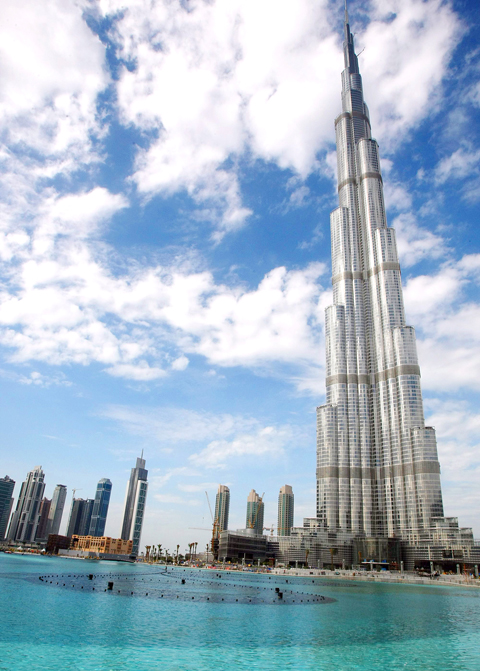
PHOTO: AFP
Bill Baker, a structural and civil engineer and partner in Chicago-based Skidmore, Owings and Merrill (SOM), which designed the tower, said Burj Dubai has set a new benchmark.
“We thought that it would be slightly taller than the existing tallest tower of Taipei 101. [Emaar] kept on asking us to go higher, but we didn’t know how high we could go,” he said.
“We were able to tune the building like we tune a music instrument. As we went higher and higher and higher, we discovered that by doing that process ... we were able to reach heights much higher than we ever thought we could,” he said.
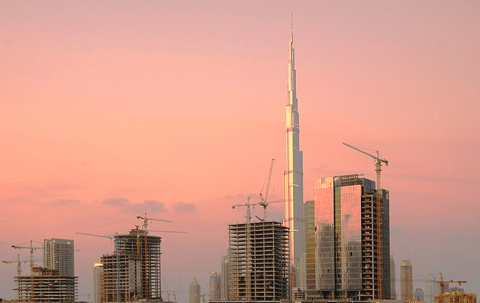
PHOTO: BLOOMBERG
“We learned quite a bit from Burj Dubai. I would think we could easily do a 1 kilometer [tower]. We are optimistic about the ability to go even higher,” he said.
The 160-floor tower, containing 330,000m3 of concrete and 31,400 tonnes of steel, can be seen from as far as 95km away.
Burj Dubai contains 57 lifts, which will whisk people to 1,044 apartments and 49 floors of office space, as well as a hotel bearing the Giorgio Armani logo.
A spiraling Y-shaped design by SOM architect Adrian Smith was used to support the structural core of the tower, which narrows as it ascends. Higher up it becomes a steel structure topped with a huge spire.
To reach the final stages, concrete was propelled to a height of 605m — a world record.
George Efstathiou, managing partner of SOM and the main project manager, said the tripod Y shape provides a stable base.
“We took that basic ... plan and used references to Islamic geometries and pointed arches ... as we go vertical with that shape we stepped it back in order to mitigate the wind issue,” he said. “The building is very quiet. There are many storms that you wouldn’t notice at all. This building is a lot quieter than a lot of the other supertalls that came before, even if they are shorter buildings.”
Construction, which began in 2004, is estimated to have cost US$1 billion.
It was carried out by South Korea’s Samsung Engineering & Construction, Belgium’s BESIX group and the United Arab Emirates’ Arabtec.
The skyscraper is the centerpiece of a US$20 billion new shopping district, Downtown Burj Dubai, which includes 30,000 apartments and the Dubai Mall, which says its space for 1,200 shops makes it the world’s largest indoor shopping center
Ahead of tomorrow’s grand opening, estate agents said there has been a considerable rise in demand for the tower’s residential units, which were sold by the developer several years ago.
Property prices in Dubai have plunged more than 50 percent over the past year, but brokers said that the drop in the tower’s prices has been less precipitous.
“I bought a one-bedroom apartment on the 80th floor for US$3 million in 2008. With the slide in prices, my loss will be huge, at least theoretically,” one Palestinian businessman said.
One square foot (0.09m2) in the commercial area of the tower fetched between US$4,500 to US$5,500 at the height of the property boom in 2008, before the global recession hit.
Some believe Burj Dubai will be the last of the giant projects that have brought global fame to Dubai, such as the 3km long Palm Jumeirah artificial island developed by the troubled Nakheel company.
Other towers that have been announced but now look doubtful include the 1,000m Nakheel Tower, Kuwait’s Silk City tower slated to be more than 1,000m tall, and the 1,600m Jeddah tower by Saudi billionaire Prince Alwaleed bin Talal.
Efstathiou says he believes it will be 10 years before Burj Dubai’s record is broken.
“When Burj Dubai was conceived, it was a totally different time and the biggest driving force for these tall towers are the economics,” he said. “If you can tell me when the economy is going to turn around, I would have a better idea about when the next building will occur. But we know that if a building started its designs today it wouldn’t be done before at least seven to 10 years.”
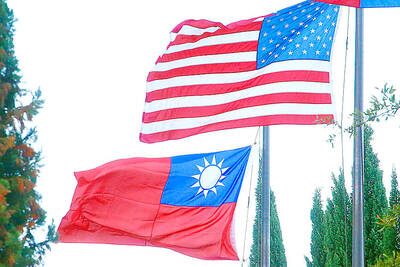
‘TAIWAN-FRIENDLY’: The last time the Web site fact sheet removed the lines on the US not supporting Taiwanese independence was during the Biden administration in 2022 The US Department of State has removed a statement on its Web site that it does not support Taiwanese independence, among changes that the Taiwanese government praised yesterday as supporting Taiwan. The Taiwan-US relations fact sheet, produced by the department’s Bureau of East Asian and Pacific Affairs, previously stated that the US opposes “any unilateral changes to the status quo from either side; we do not support Taiwan independence; and we expect cross-strait differences to be resolved by peaceful means.” In the updated version published on Thursday, the line stating that the US does not support Taiwanese independence had been removed. The updated
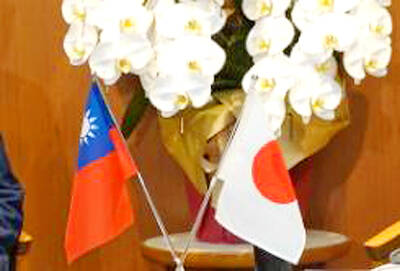
‘CORRECT IDENTIFICATION’: Beginning in May, Taiwanese married to Japanese can register their home country as Taiwan in their spouse’s family record, ‘Nikkei Asia’ said The government yesterday thanked Japan for revising rules that would allow Taiwanese nationals married to Japanese citizens to list their home country as “Taiwan” in the official family record database. At present, Taiwanese have to select “China.” Minister of Foreign Affairs Lin Chia-lung (林佳龍) said the new rule, set to be implemented in May, would now “correctly” identify Taiwanese in Japan and help protect their rights, the Ministry of Foreign Affairs said in a statement. The statement was released after Nikkei Asia reported the new policy earlier yesterday. The name and nationality of a non-Japanese person marrying a Japanese national is added to the
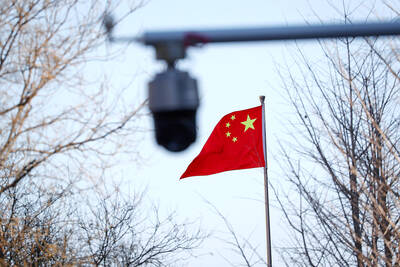
AT RISK: The council reiterated that people should seriously consider the necessity of visiting China, after Beijing passed 22 guidelines to punish ‘die-hard’ separatists The Mainland Affairs Council (MAC) has since Jan. 1 last year received 65 petitions regarding Taiwanese who were interrogated or detained in China, MAC Minister Chiu Chui-cheng (邱垂正) said yesterday. Fifty-two either went missing or had their personal freedoms restricted, with some put in criminal detention, while 13 were interrogated and temporarily detained, he said in a radio interview. On June 21 last year, China announced 22 guidelines to punish “die-hard Taiwanese independence separatists,” allowing Chinese courts to try people in absentia. The guidelines are uncivilized and inhumane, allowing Beijing to seize assets and issue the death penalty, with no regard for potential
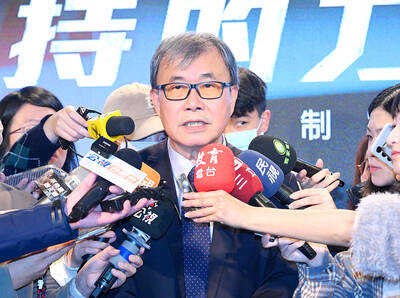
‘UNITED FRONT’ FRONTS: Barring contact with Huaqiao and Jinan universities is needed to stop China targeting Taiwanese students, the education minister said Taiwan has blacklisted two Chinese universities from conducting academic exchange programs in the nation after reports that the institutes are arms of Beijing’s United Front Work Department, Minister of Education Cheng Ying-yao (鄭英耀) said in an exclusive interview with the Chinese-language Liberty Times (the Taipei Times’ sister paper) published yesterday. China’s Huaqiao University in Xiamen and Quanzhou, as well as Jinan University in Guangzhou, which have 600 and 1,500 Taiwanese on their rolls respectively, are under direct control of the Chinese government’s political warfare branch, Cheng said, citing reports by national security officials. A comprehensive ban on Taiwanese institutions collaborating or